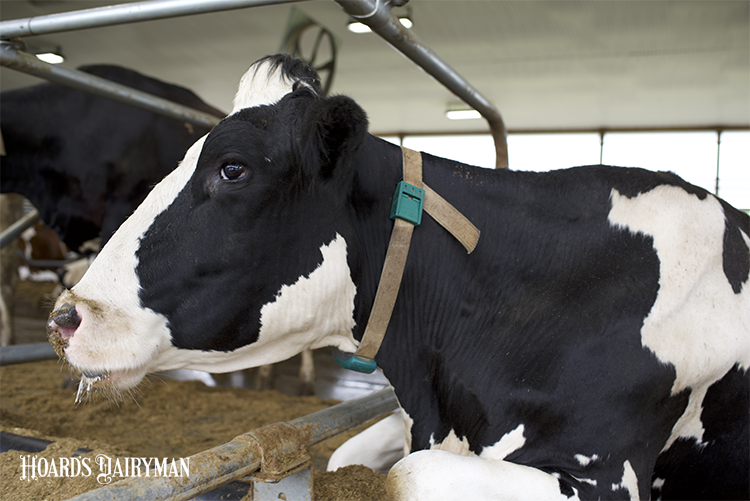
Even though technology generates accurate data, there is a much more important question — Does the information generated bring value to the dairy farmer?
“I love technology. I really go into Best Buy and think to myself, ‘Where can I put that on a cow?’ However, it doesn’t matter if it’s cool. It matters if we can provide something useful for the farm to make better decisions,” said Jeffrey Bewley, the dairy analytics and innovation scientist at Holstein Association USA.
“Also, some data is interesting but not that useful. There are lots of things we can collect. However, if it’s not useful, that’s a challenge economically,” continued Bewley, who leads the SmartHolstein Lab.
That’s just the start of the economic analysis.
“For example, if I have something costing me $2,000 per cow, I can buy a new cow,” said Bewley, who grew up working with cows on his grandfather’s dairy farm and building spreadsheets.
Prevention tops detection
“When we get into this space of mastitis detection, sometimes I think we forget that prevention is more important than detection. Again, where does one allocate financial resources?” he asked rhetorically to those attending the 62nd Annual National Mastitis Council meeting in Atlanta, Ga. “Sometimes we can get so focused on the detection piece that we lose focus on the prevention piece.
“To bring value, we also must make sure that technology actually measures what it says it does,” said Bewley. “That’s why we must have third-party verification of these technologies.
“In one study we conducted, we had multiple devices on the same cows. Three of them were supposedly measuring rumination time. And, on average, there was 100 minutes per day difference in rumination time,” said Bewley. “Four of them were supposed to be measuring lying time and, on average, there were three hours a day difference in lying time. Lastly, three of them were measuring the number of steps and, on average, there were over 2,000 steps different per day.
“Same cows. Which one was right?
“I have some ideas because we did some validation studies,” he said, having actually tracked activity and rumination with the human eye. “However, to keep things anonymous, I listed these technologies as one, two, three, and four on the screen,” continued the scientist, who validated which instruments yielded the most accurate results.
“Again, some of these technologies don’t measure what they say they are going to measure,” he said, doubling down on the need for third-party validation.








